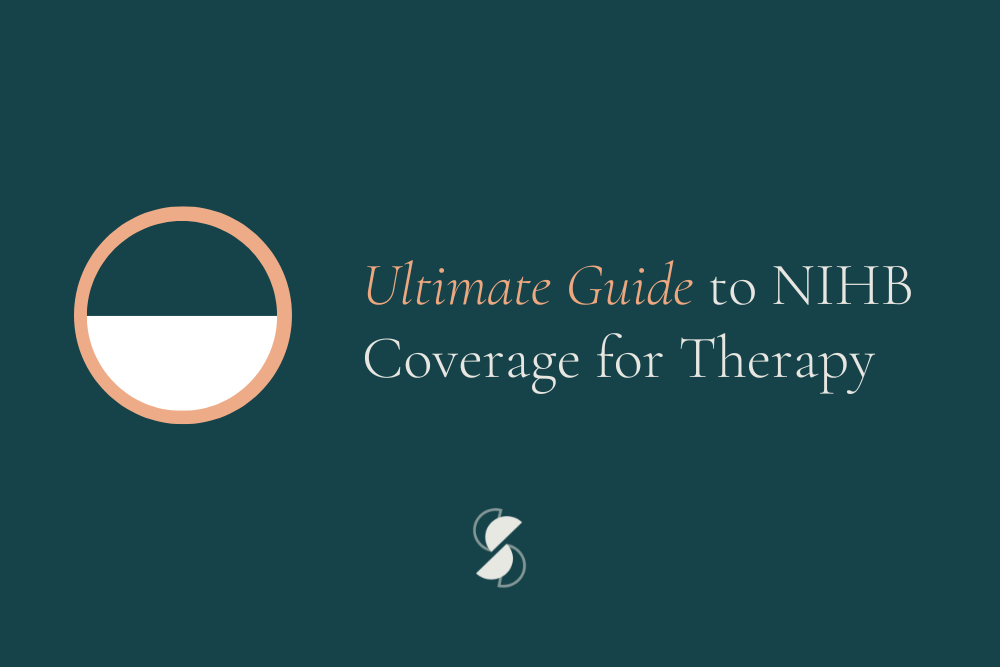ADHD Rejection Dysmorphia 101: Understanding and Overcoming Emotional Sensitivity

Rejection Dysmorphia and ADHD: Why It Feels Worse and How to Heal
Rejection is an inevitable part of life—whether in job interviews, friendships, or romantic relationships. For some, it’s a temporary disappointment. But for others, especially those with ADHD, anxiety, or low self-esteem, rejection doesn’t just sting—it distorts their self-image and lingers far longer than it should. This heightened emotional response, sometimes called rejection dysmorphia, can make setbacks feel like personal failures, reinforcing self-doubt. If you’ve ever questioned your worth after a rejection, you’re not alone. Let’s explore why rejection feels worse for some people and how to heal from its effects.
What Is Rejection Dysmorphia?
Rejection dysmorphia describes the tendency to magnify the pain of rejection, leading to distorted self-perceptions and emotional overwhelm. While it’s not an official clinical term, it overlaps with rejection-sensitive dysphoria (RSD), a common experience for people with ADHD. Individuals with rejection dysmorphia may fixate on perceived failures, ruminate for days, and feel as though rejection defines them. Instead of seeing rejection as a normal part of life, they internalize it as proof of their unworthiness.
Why Is Rejection Harder for Some People?
1. ADHD and Emotional Regulation
People with ADHD often struggle with executive function, making it harder to regulate emotions, shift focus, and detach from negative experiences. This can cause rejection to feel catastrophic, leading to prolonged distress. Many with ADHD also experience emotional hyper-reactivity, meaning that even small setbacks can trigger intense feelings of shame or inadequacy.
2. Anxiety and the Fear of Rejection
Anxiety fuels over-analysis. When rejected, an anxious mind replays the event repeatedly, dissecting every word and action. This can create a cycle where the fear of rejection leads to avoidance, social withdrawal, or heightened sensitivity to criticism. The more someone fixates on rejection, the more power it holds over them.
3. Low Self-Esteem and Confirmation Bias
For those with low self-esteem, rejection often feels like confirmation of deep-seated fears: I’m not good enough. I’m unlovable. I always fail. This critical inner voice amplifies rejection, making it harder to bounce back. Instead of seeing it as situational, they personalize it, believing it reflects their worth.
How to Heal From Rejection Dysmorphia
The good news? You can break free from the cycle of rejection dysmorphia. Here are some strategies to help you heal and build resilience.
1. Challenge Negative Thoughts
When faced with rejection, pause and challenge the thoughts running through your mind. Ask yourself: Is this thought based on fact or fear? Instead of assuming rejection means failure, reframe it: Maybe this wasn’t the right fit for me. This doesn’t define my worth.
Try journaling your thoughts and countering them with evidence. Over time, this practice can rewire your brain to process rejection more healthily.
2. Practice Mindfulness and Emotional Regulation
Mindfulness helps create space between you and your emotions. Instead of getting swept away by rejection, observe your feelings with curiosity. Breathing exercises, body scans, or guided meditations can help regulate intense emotions. The more you practice mindfulness, the easier it becomes to detach from negative thought spirals.
3. Cultivate Self-Compassion
Self-compassion is key to healing. Instead of being your harshest critic, treat yourself like you would a close friend. When rejection stings, remind yourself: This is a tough moment, but it doesn’t define me.
One simple exercise: Place your hand on your heart and say something kind to yourself. Practicing self-kindness rewires your brain, helping you respond to rejection with more resilience.
4. Build Resilience Through Small Wins
Resilience isn’t built overnight, but small victories add up. Set and achieve small, manageable goals to reinforce a sense of competence. Each success, no matter how minor, builds confidence and serves as a buffer against future rejection.
5. Seek Support
Rejection feels worse when faced alone. Surround yourself with supportive people who uplift you. Whether it’s a trusted friend, therapist, or support group, talking about your feelings can provide clarity and reassurance. Therapy can be especially helpful in identifying patterns and developing coping strategies.
6. Set Boundaries with Negative Influences
If certain people make rejection feel worse—whether through criticism, comparison, or lack of support—it’s okay to set boundaries. Protecting your mental well-being is crucial. Choose relationships that encourage self-worth rather than reinforce self-doubt.
Moving Forward
Rejection dysmorphia is painful, but it doesn’t have to define you. Whether you struggle with ADHD, anxiety, or low self-esteem, you can learn to navigate rejection with self-compassion and resilience. By challenging negative thoughts, practicing mindfulness, and seeking support, you can rewrite the narrative around rejection and reclaim your sense of worth.
Takeaway
Rejection is part of life, but it’s not a reflection of your value. You are worthy of love, success, and acceptance—regardless of the setbacks you face. Every step you take toward healing is a victory. Keep going.








